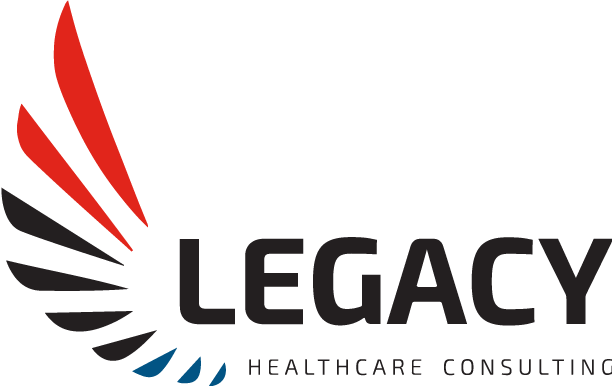Social Media for Post-Acute Care Providers: Tips for Success
Social media has become an integral part of our daily lives. It is no longer just a platform for sharing photos and keeping in touch with friends and family. Social media has also become a valuable tool for businesses to connect with their customers and promote their products and services, and that includes the post-acute care industry.
85% of business executives agree, going forward social data will be the primary source of business intelligence for their organization. In the post-acute care industry, social media can be used to build brand awareness, address customer service concerns, connect with patients and their families, and share valuable information about the industry.

Consumers reach out on social media to ask questions in hopes of getting a quick response to customer service issues. 77% of consumers expect a response in 24 hours or less. With all the competing priorities that dominate the post-acute care setting social media is often ignored. With challenges such as staffing shortages, regulatory compliance, census growth, quality demands, and care complexity increasing we understand social taking a backseat. As with anything new, getting started is typically the hardest part of the journey.
Tips on how to use social media to your advantage as a post-acute care provider
- Define your goals: Before you start using social media, it is important to define your goals. Do you want to increase brand awareness? Do you want to promote your services? Do you want to educate your audience about the industry? Once you have defined your goals, you can create a social media strategy that aligns with your objectives.
- Choose the right platforms: There are several social media platforms available, and it is essential to choose the right ones for your business. Facebook, Twitter, LinkedIn, and Instagram are the most popular social media platforms. Facebook is a great platform for building brand awareness and connecting with patients and their families. Twitter is a great platform for sharing news and updates about the industry. LinkedIn is a professional networking platform that can be used to connect with other healthcare professionals. Instagram is a visual platform that can be used to showcase your services and facilities.
- Create engaging content: Creating engaging content is the key to success on social media. This is the most critical component of your social success! You can share articles, blog posts, infographics, videos, and images related to the post-acute care industry. You can also share patient success stories, testimonials, and reviews. Engaging content will help you build trust and credibility with your audience.
- Use hashtags: Hashtags are a great way to make your content more discoverable on social media. You can use relevant hashtags related to the post-acute care industry, such as #postacute, #healthcare, #rehabilitation, #elderlycare, etc.
- Engage with your audience: social media is a two-way communication channel, and it is important to engage with your audience. Respond to comments and messages promptly and show your audience that you value their feedback and opinions.
- Measure your success: Measuring your social media success is essential to understand what works and what doesn’t. You can use social media analytics tools to track your followers, engagement, and reach. This will help you adjust your social media strategy and optimize your content for better results.
Social media can be a powerful tool for the post-acute care industry to build brand awareness, connect with patients and their families, and share valuable information about the industry. By defining your goals, choosing the right platforms, creating engaging content, using hashtags, engaging with your audience, and measuring your success, you can use social media to your advantage and stay ahead in our ultra-competitive care setting.
